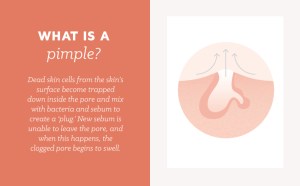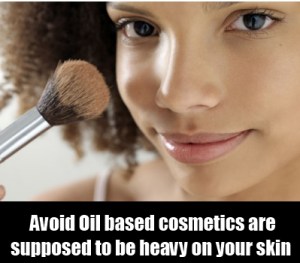Larry Jaeger is a respected dermatologist and founder of Advanced Dermatology Associates in New York City. Dr. Larry Jaeger discusses healthy ways to exfoliate skin for a healthy complexion. Exfoliation For Good Skin Care.
What is Exfoliation – S kin Care
kin Care
Exfoliation is the cosmetic practice of removing dead skin cells from the epidermis, the top layer of the skin. Your skin can shed 30,000 to 40,000 dead cells per minute naturally; however, many people need exfoliation products to help reduce acne and get smooth skin.
Types of Exfoliation For Good Skin Care
Exfoliation practices differ for the body and the face.
Body Exfoliation Tips:
- Buy a natural bristled brush. If you want to exfoliate outside of the shower, you can use circular motions with a long-handled, natural bristled brush.
- This brush is available in the cosmetics section of most box stores, like Target and Walmart, as well as in natural food stores.
- Start with your legs and move slowly up your body. Always brush in a circular motion in a small area before moving onto the next area. Work up toward your chest, then brush your back and arms.
- Buy a loofah or exfoliating glove from a drugstore. These products are made with natural sponge and help to exfoliate the skin in the shower.
- These products are not suggested for use on the face.
- Buy an exfoliation scrub that contains beads, pits, sugar, salt or another natural exfoliating substance. It should say “body scrub” or “cleansing scrub.”
- Allow the shower to run over your skin for a few minutes, if you are using an exfoliating scrub or a loofah. Choose warm, not hot, water. Water that is too hot will dry the skin.
- Rub the loofah or the scrub over your moist skin in a circular motion. Rinse well. Perform this exfoliation process every 3 to 7 days, depending upon your skin’s sensitivity.
Larry Jaeger provides tips for facial exfoliation.
Facial Exfoliation for Sensitive Skin:
Skin:
- Find a gentle, every-day cleanser that does not irritate your skin. Sensitive skin does not respond well to scrubs or acidic cleansers.
People with sensitive skin should try the product on 1 small area of the face and use it only if it does not produce irritation. - Wet your skin with warm water.
Place a soft terry cloth washcloth under a warm tap. Squeeze the washcloth and place it on your face for 1 to 2 minutes. Warm water will open the pores, making it easier to exfoliate. - Squeeze a small amount of cleanser on the surface of the washcloth. Rub the soap on the middle portion of the cloth. Depending upon the cleanser, this may or may not produce a lather.
- Rub the washcloth on your face in circular motions. Start at the nose, move to the forehead and continue around the rest of your face.
- Use a gentle touch. Exfoliation does not require hard scrubbing.
Dr. Larry Jaeger of New York is an expert in the diagnosis and treatment of skin conditions and is board certified in dermatology and dermatological surgery. He helps patients achieve optimum skin all year long – Exfoliation for good skin care.


















